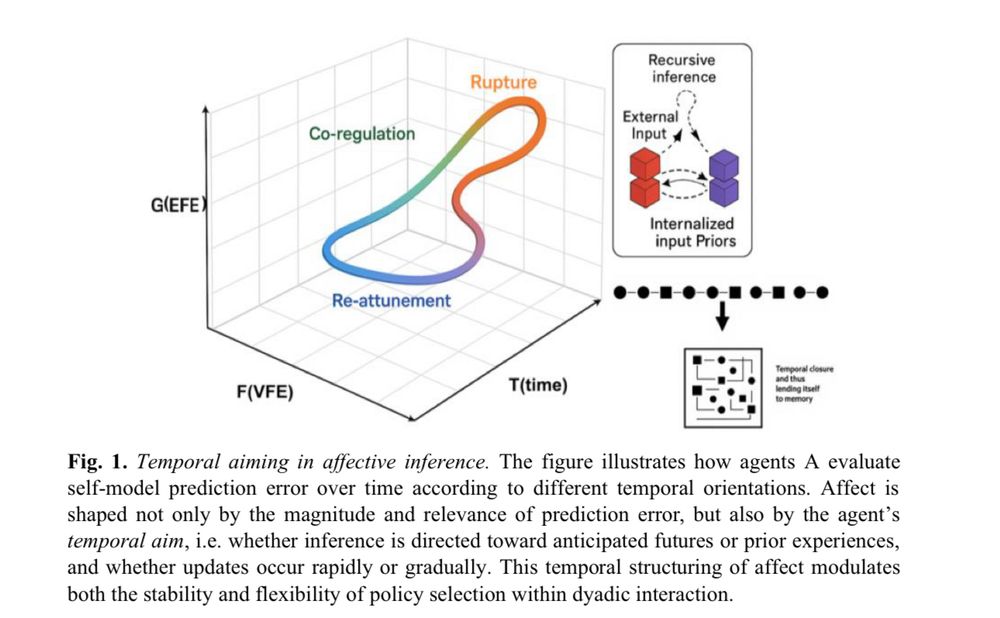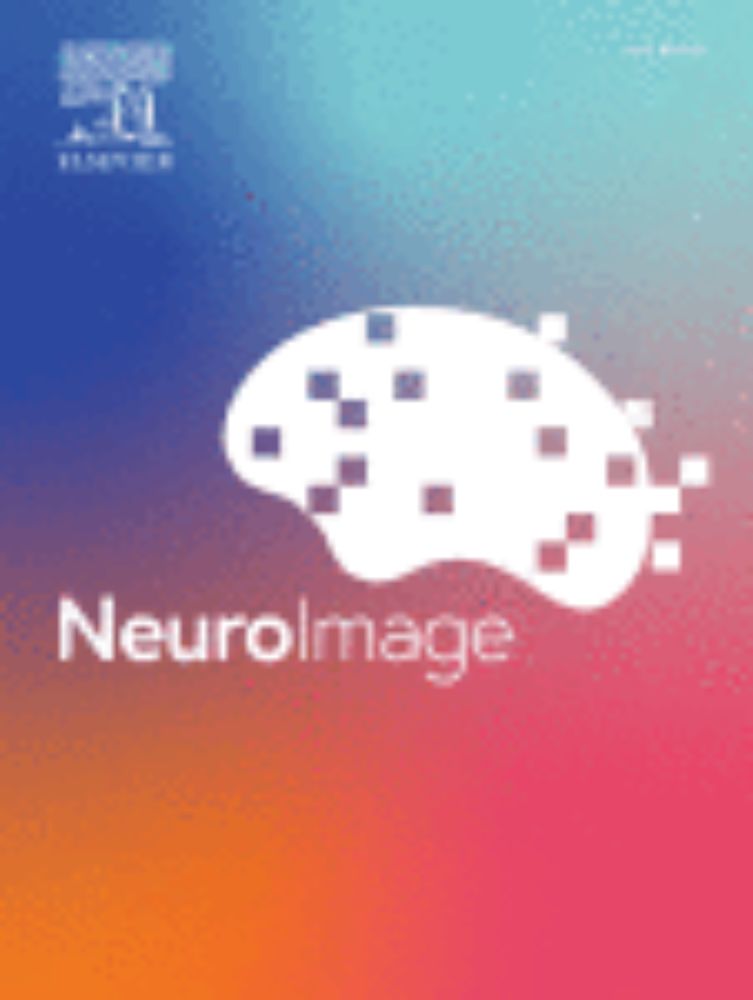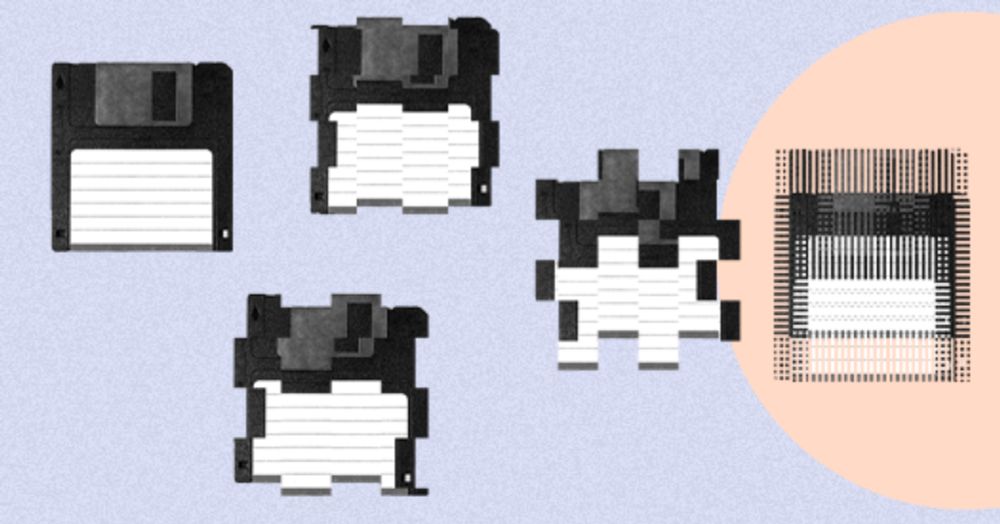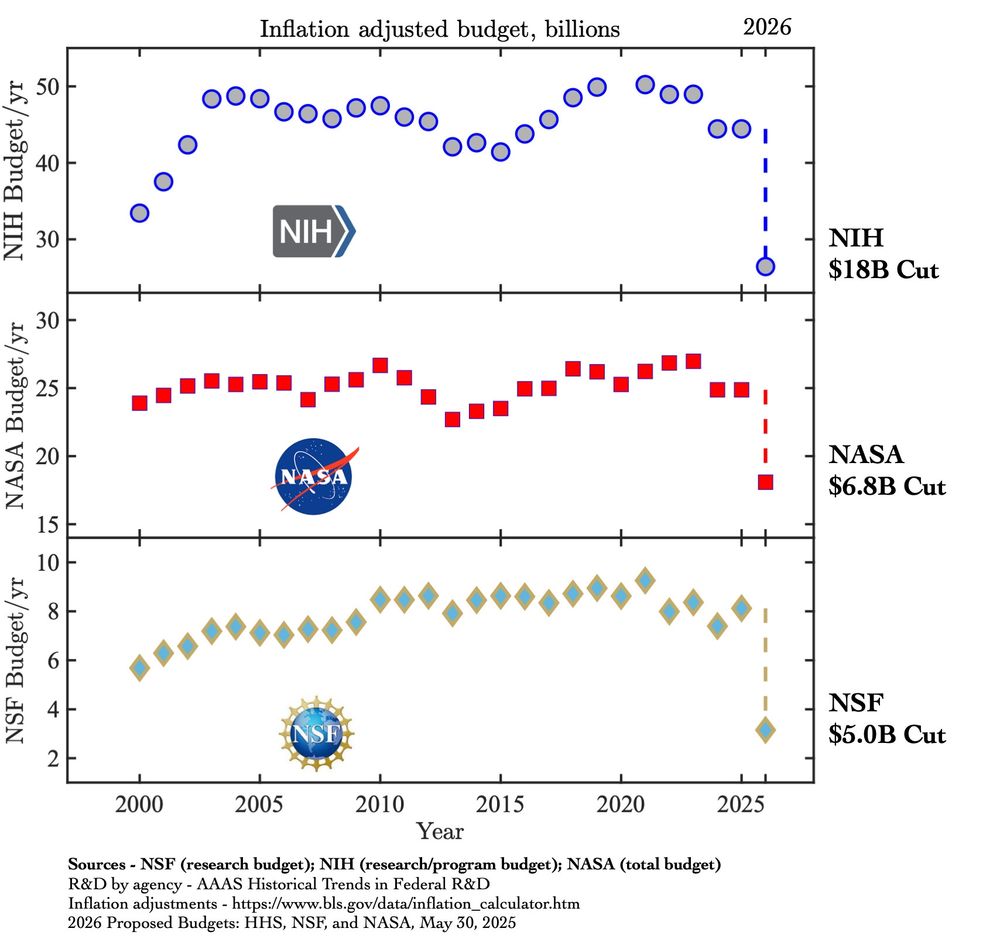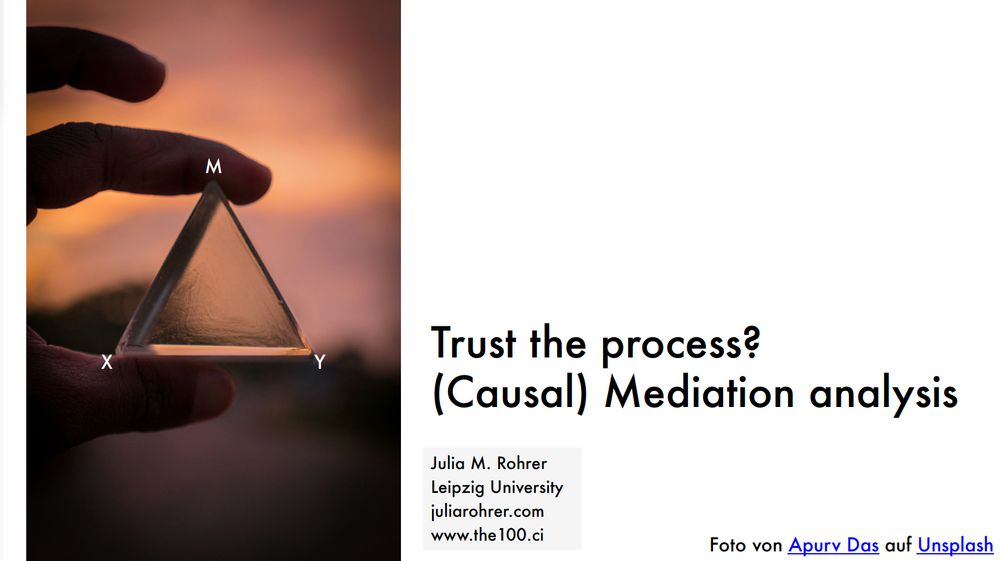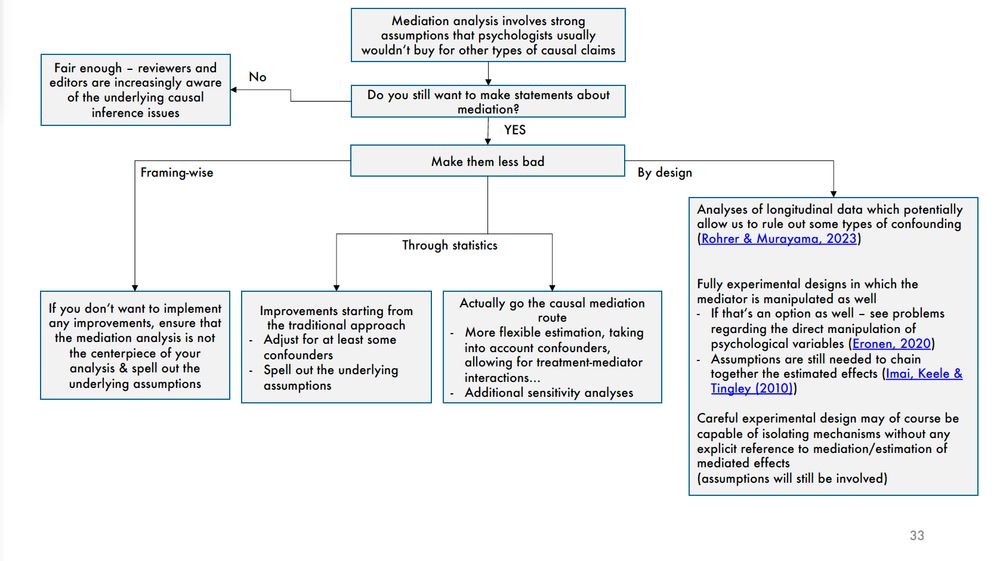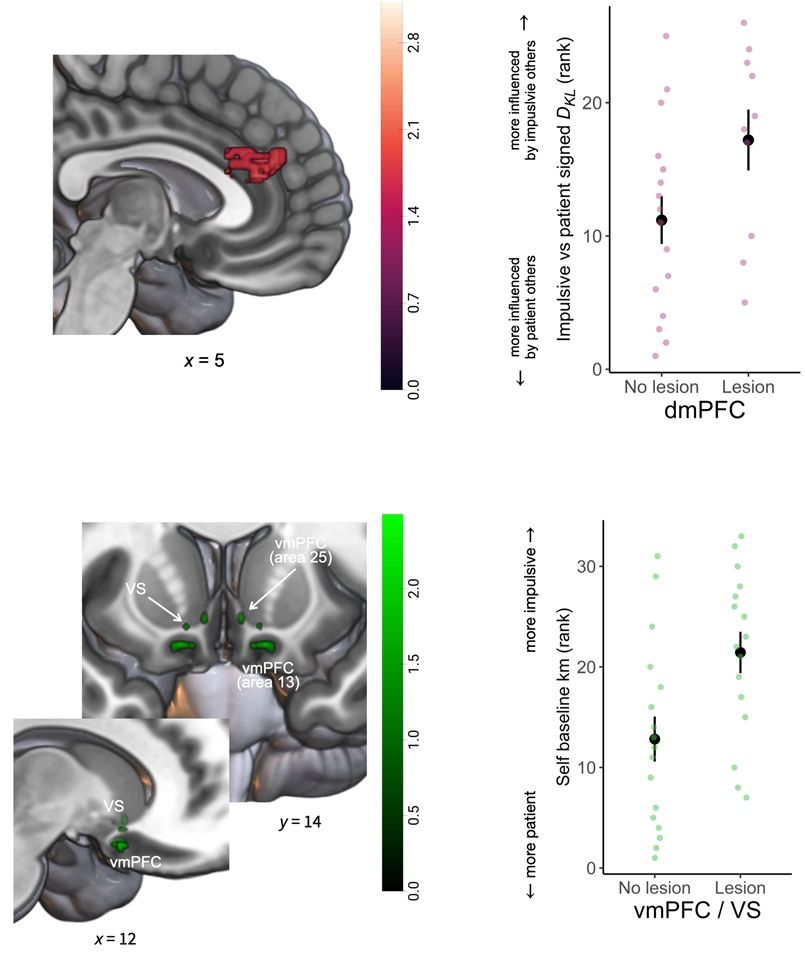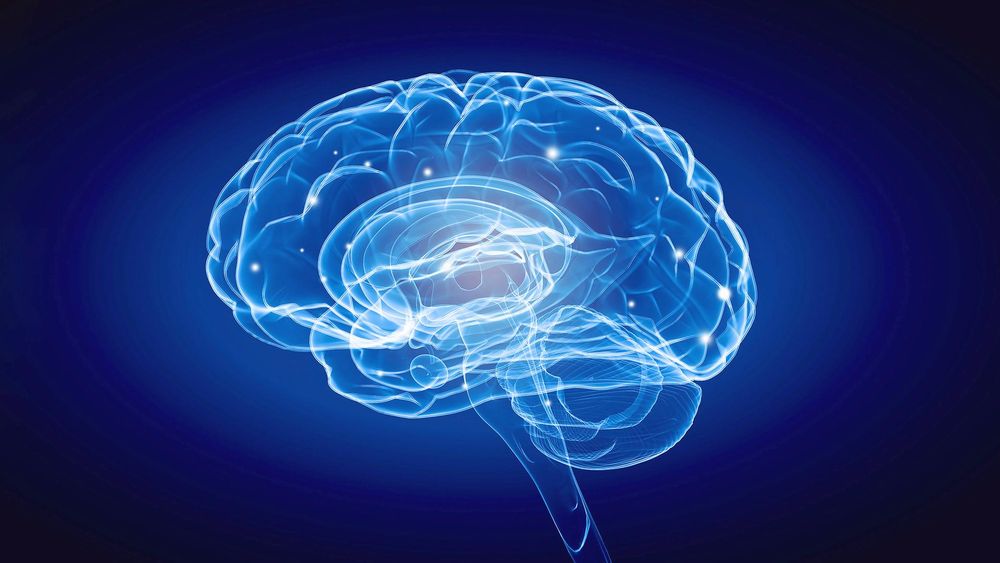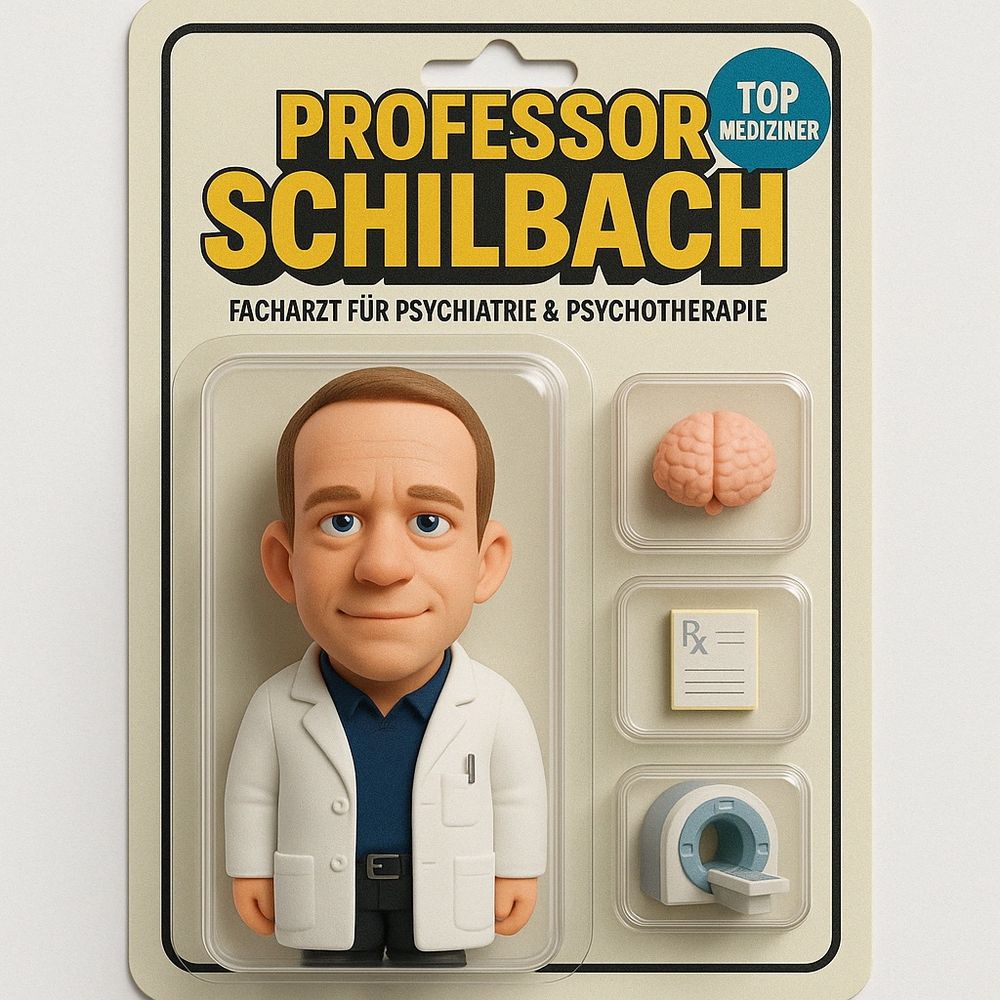Leonhard Schilbach
@leoschilbach.bsky.social
920 followers
830 following
130 posts
Psychiatrist, interaction researcher & social neuroscientist. Private account.
Posts
Media
Videos
Starter Packs
Reposted by Leonhard Schilbach
Reposted by Leonhard Schilbach
Reposted by Leonhard Schilbach
Reposted by Leonhard Schilbach
Reposted by Leonhard Schilbach
Reposted by Leonhard Schilbach
Reposted by Leonhard Schilbach
Reposted by Leonhard Schilbach
Reposted by Leonhard Schilbach
Reposted by Leonhard Schilbach
The Guardian
@theguardian.com
· May 5
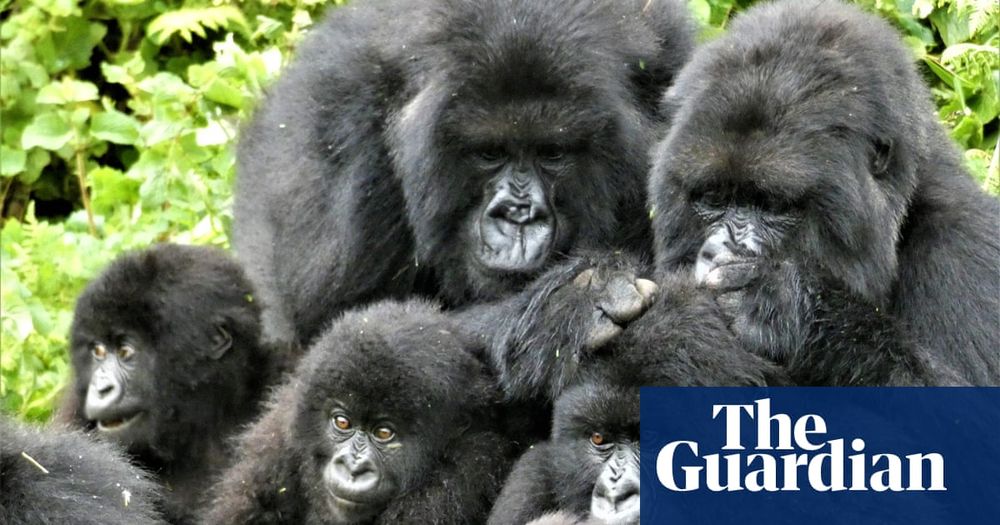
Gorillas offer clues to how social relationships work in humans – study
Survey of 164 primates in Rwanda shows how impact of being close to others is affected by group size and sex
Human friendship groups are complex – and often fraught – but a study of mountain gorillas has found that their societies can also be head-scratchingly complicated.
The study, which took in 20 years of health data involving 164 gorillas in Rwanda, discovered that the costs and benefits of being close to others changed depending on the size of groups and differed for males and females. Continue reading...
www.theguardian.com
Reposted by Leonhard Schilbach
Reposted by Leonhard Schilbach
Reposted by Leonhard Schilbach
Reposted by Leonhard Schilbach





